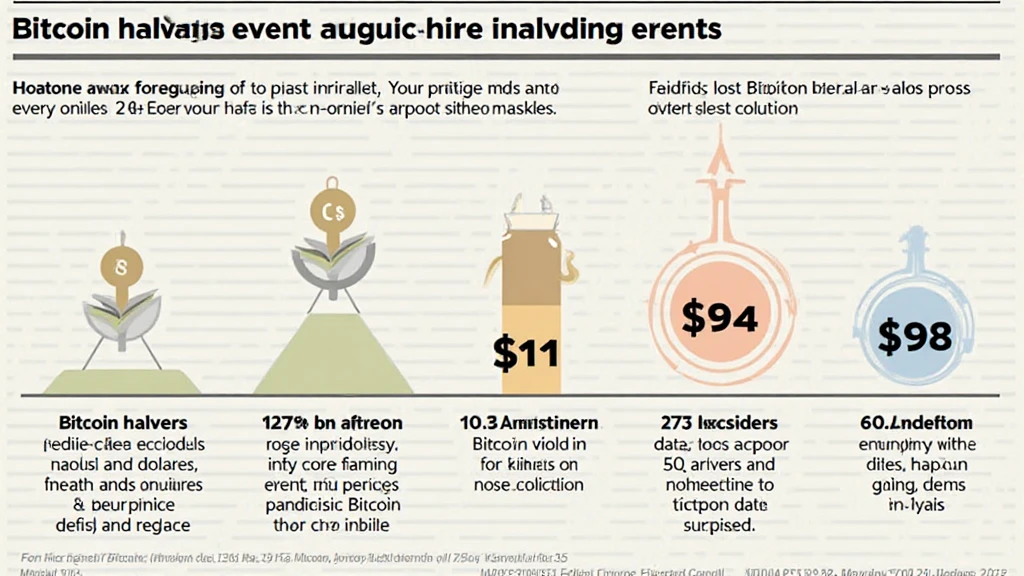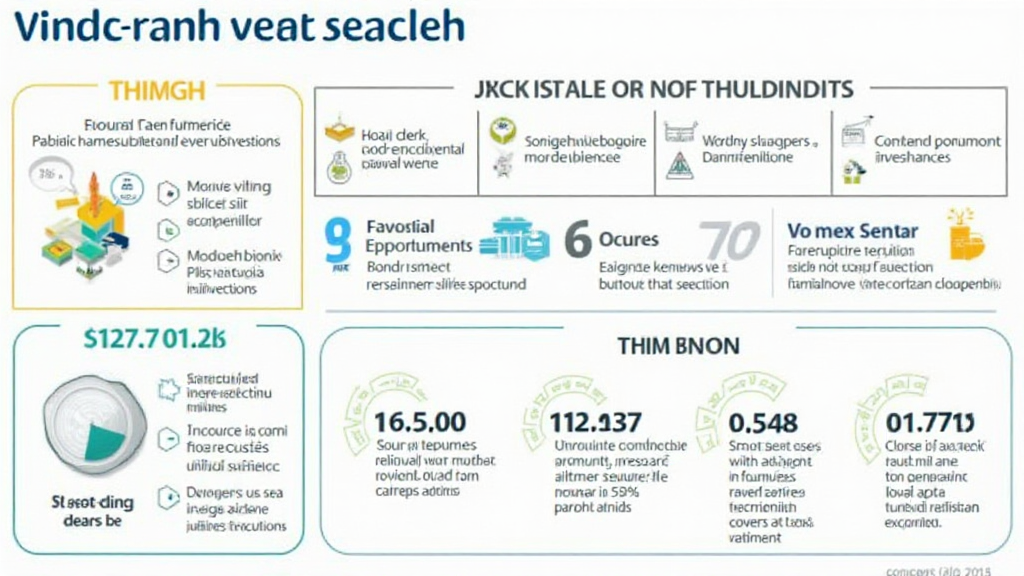The Economic Landscape of Bitcoin Halving
Bitcoin halving events are pivotal moments in the life of this cryptocurrency, which occur approximately every four years. With Bitcoin price fluctuations often tied to these events, understanding their economic implications is crucial. For instance, post-2020 halving in May saw Bitcoin prices surge, raising questions about demand and supply dynamics.
Understanding Bitcoin Halving
To comprehend the economic implications of Bitcoin halving, we first need to clarify what it is. Essentially, halving reduces the block reward miners receive by half, which limits the new Bitcoin supply entering circulation. This acts as an inherent deflationary mechanism in the Bitcoin network, reminiscent of real-world commodities like gold.
Demand, Supply, and Market Reactions
Historically, Bitcoin’s halving events have led to price increases due to diminished supply amidst steady or increasing demand. For example, after the 2016 halving, prices rose from around $600 to nearly $20,000 in late 2017. The underlying principle is similar to classic economic supply-demand curves—less supply, when matched with constant or increasing demand, can raise prices.

Empirical Data on Price Fluctuations
According to data from CoinMarketCap, in the six months following the 2020 halving, Bitcoin’s price skyrocketed from about $8,000 to over $60,000. This price trajectory hints at the correlation between halving and price surges. Below is a table summarizing Bitcoin prices around halving events:
| Halving Date | Block Reward | Price Pre-Halving | Price Post-Halving |
|---|---|---|---|
| 2012 | $25 | $12 | $1,200 |
| 2016 | $12.5 | $600 | $19,900 |
| 2020 | $6.25 | $8,000 | $64,000 |
Long-Term Economic Implications
The economic effects of Bitcoin halving stretch well beyond immediate price impacts. They set the stage for longer-term shifts in market dynamics. As Bitcoin supply becomes increasingly scarce, its place in the broader financial ecosystem could evolve, leading to a shift from speculative investing to more framework-based valuations.
Investor Sentiment and Market Psychology
The halving events also significantly affect investor psychology. Often, anticipation surrounding upcoming halvings can lead to pre-halving price runs, creating speculative bubbles. This repeated cycle of speculation not only alters individual investment strategies but also influences broader market sentiment.
The Global Perspective: Bitcoin and Emerging Markets
The implications of Bitcoin halving resonate worldwide, including in emerging markets like Vietnam. The country has seen a tremendous uptick in cryptocurrency adoption, largely driven by its youth population and increasing digitalization. Recent reports indicate that crypto-related user growth in Vietnam has risen by over 30% annually, indicating that halving could spark new interest among Vietnamese investors.
Localization of Bitcoin Knowledge
In Vietnam, educational resources regarding Bitcoin are critical. Numerous platforms provide insights into the cryptocurrency ecosystem, including halving implications. For example, as the community grows, so do demands for local language support on crucial issues like tiêu chuẩn an ninh blockchain for crypto asset protection.
Conclusion and Future Considerations
In conclusion, Bitcoin halving events carry significant economic implications that extend beyond mere price movements. They shape investor behavior, market cycles, and ultimately, the future of digital currency itself. As we look ahead, let’s consider not only how Bitcoin performs post-halving but also how these events influence markets worldwide, especially in emerging economies like Vietnam.
Ultimately, understanding these dynamics is vital for anyone looking to engage with Bitcoin seriously and informedly. At cryptocoinnewstoday, we continuously analyze such events to provide the best insights.





